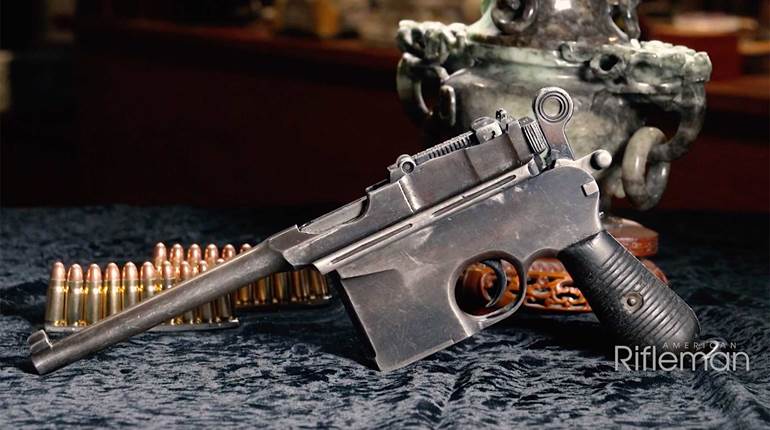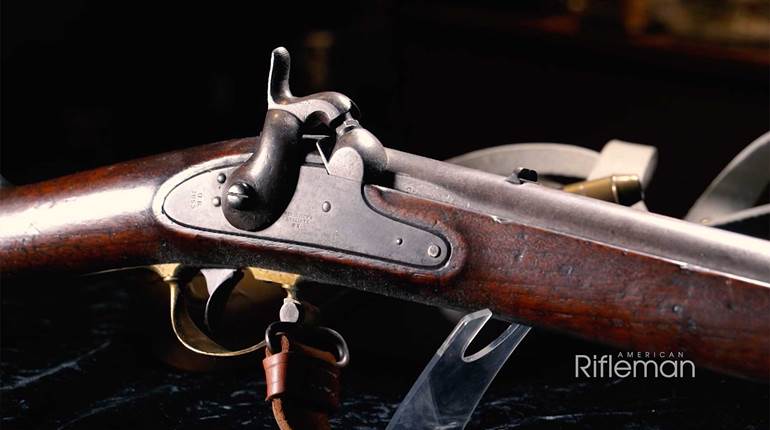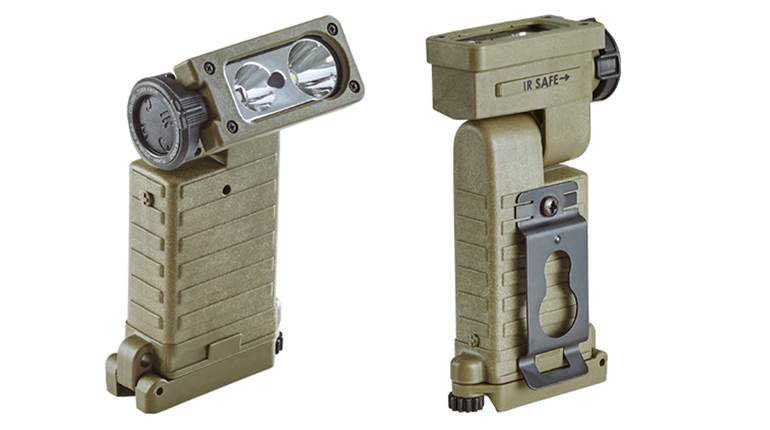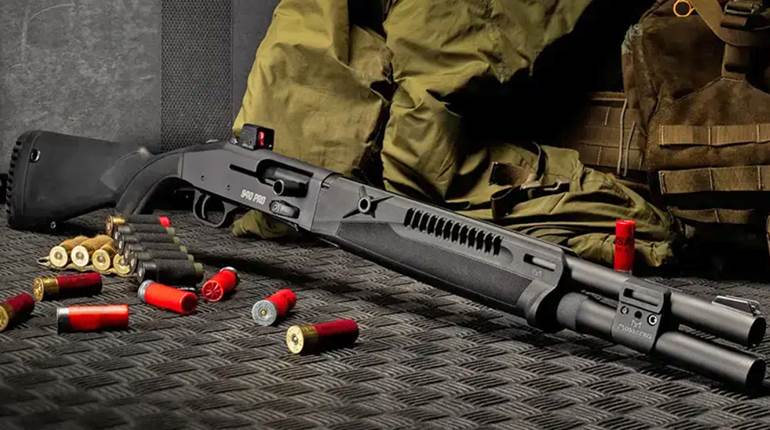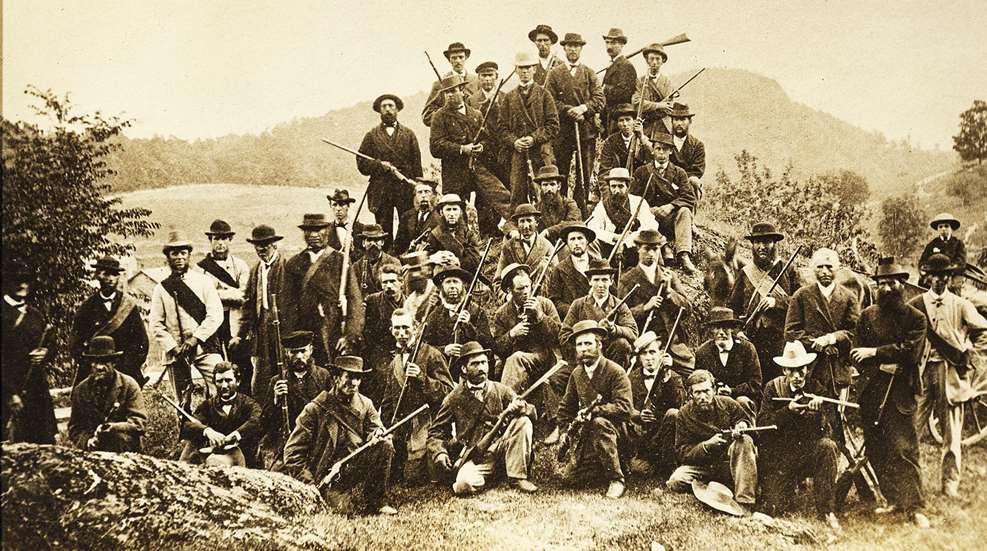
One of the key questions in the debate over the Second Amendment is: “What can you do to defend yourself, your family and your property when your government neglects to do so?” A perfect example can be found back in 1870, the year before the founding of the National Rifle Association—although not in the United States, but rather across the border in Canada, when local farmers were trying to protect their lives and property from the expected rampages of invading Irish-American Fenians. The tale is one of perseverance by private citizens in the face of government indifference—and of the citizens’ deadly marksmanship abilities.
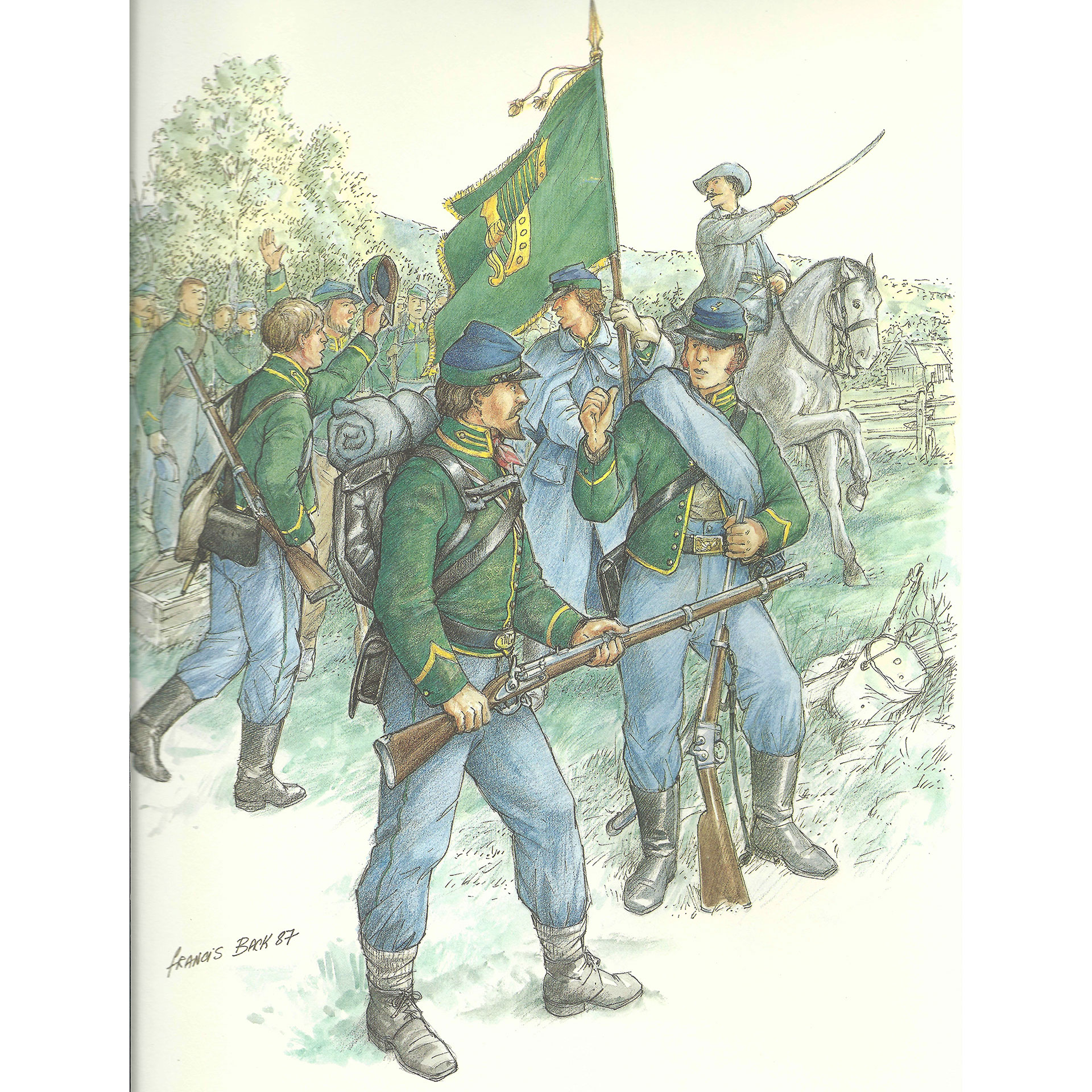
Drawing upon the centuries-old resistance to, and hatred of, British rule that was exacerbated by the horrific “Great Hunger” (or Potato Famine) of the 1840s, thousands of recent Irish immigrants to the United States formed the Fenian Brotherhood in 1858. Originally established to provide a source of trained manpower and arms to support an expected “Rising” by its counterpart in Ireland, the Irish Republican Brotherhood, the majority of the Fenians shifted their focus from fighting in Ireland to invading the then-British North American colonies—that now make up the nation of Canada—in late 1865. In June 1866, the Fenians invaded Quebec and Ontario, with the contingent in Vermont crossing the border into Quebec unopposed.
With little, or any, organized commissariat, the Fenians under General Spears’ command from Vermont were instructed to live off the land. This they did, but in doing so, they also plundered and vandalized farmsteads in Quebec’s Missisquoi region. The local militia, under the command of a British regular army officer, withdrew from the area, and was not in a position to offer any protection for the citizens.
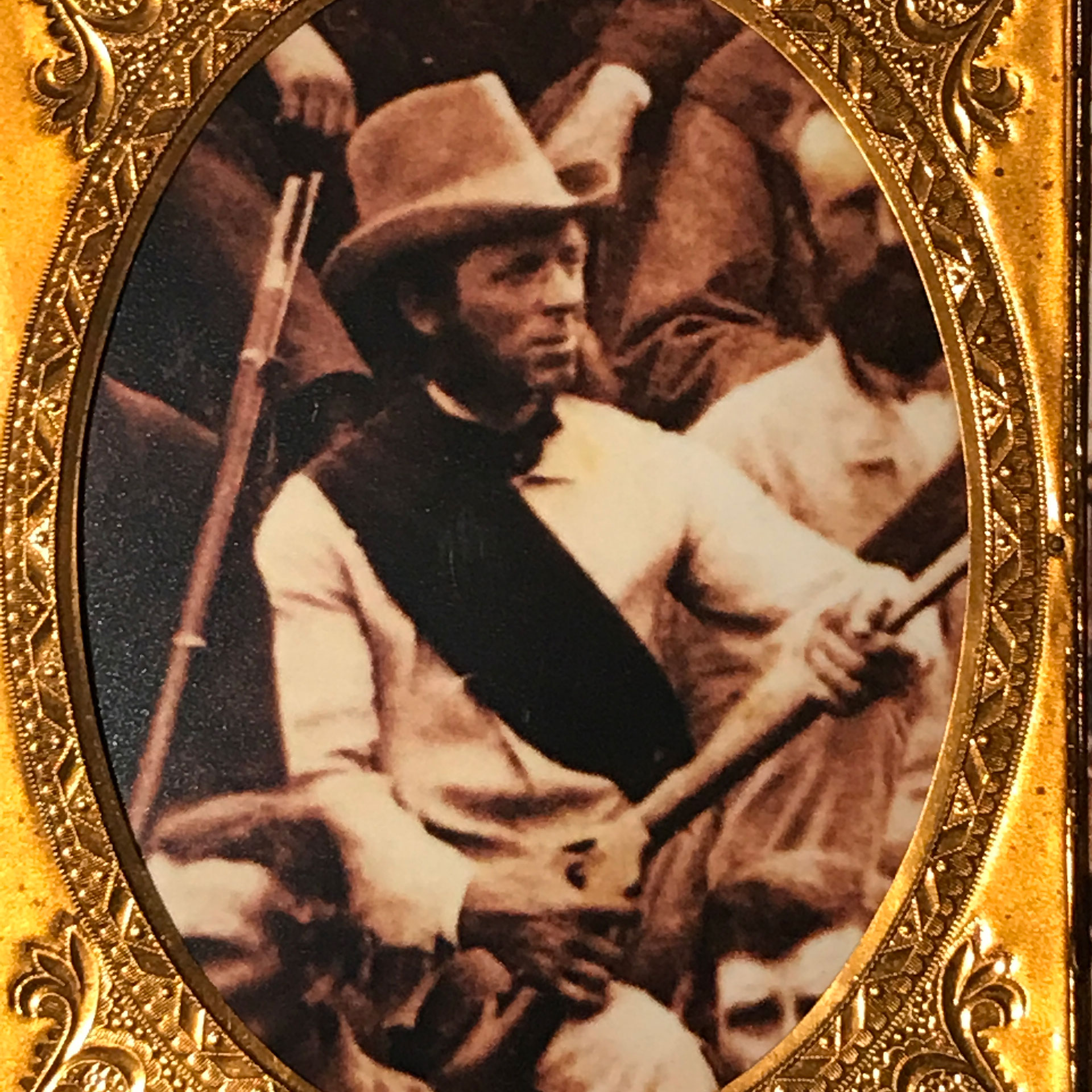
Disgusted by the Canadian government’s response (Quebec and Ontario—then known as “Canada East” and “Canada West”, as well as “Lower Canada” and “Upper Canada”—had organized as a political administrative entity called “Canada” in the preceding decades), a local farmer tried to organize a home guard unit in order to prevent this outrage from occurring again. Although the Fenians had withdrawn back into the United States, when threatened by a presidential proclamation a week after the invasion, the ongoing political situation at the time indicated that the Fenians obviously were looking to return.
Asa Westover, and his neighbors, James Pell and Andrew Ten Eyck, tried to organize this home guard unit to defend the area if the militia was again withdrawn when the Fenians invaded. However, the government in Ottawa initially rebuffed his efforts and declined to issue arms (then the newly-adopted British .577-cal. Snider-Enfield breechloader) to his small band of farmers and tradesmen. After repeated negotiations, the government eventually recognized the legality of this unofficial “home guard," but the little group still needed rifles.
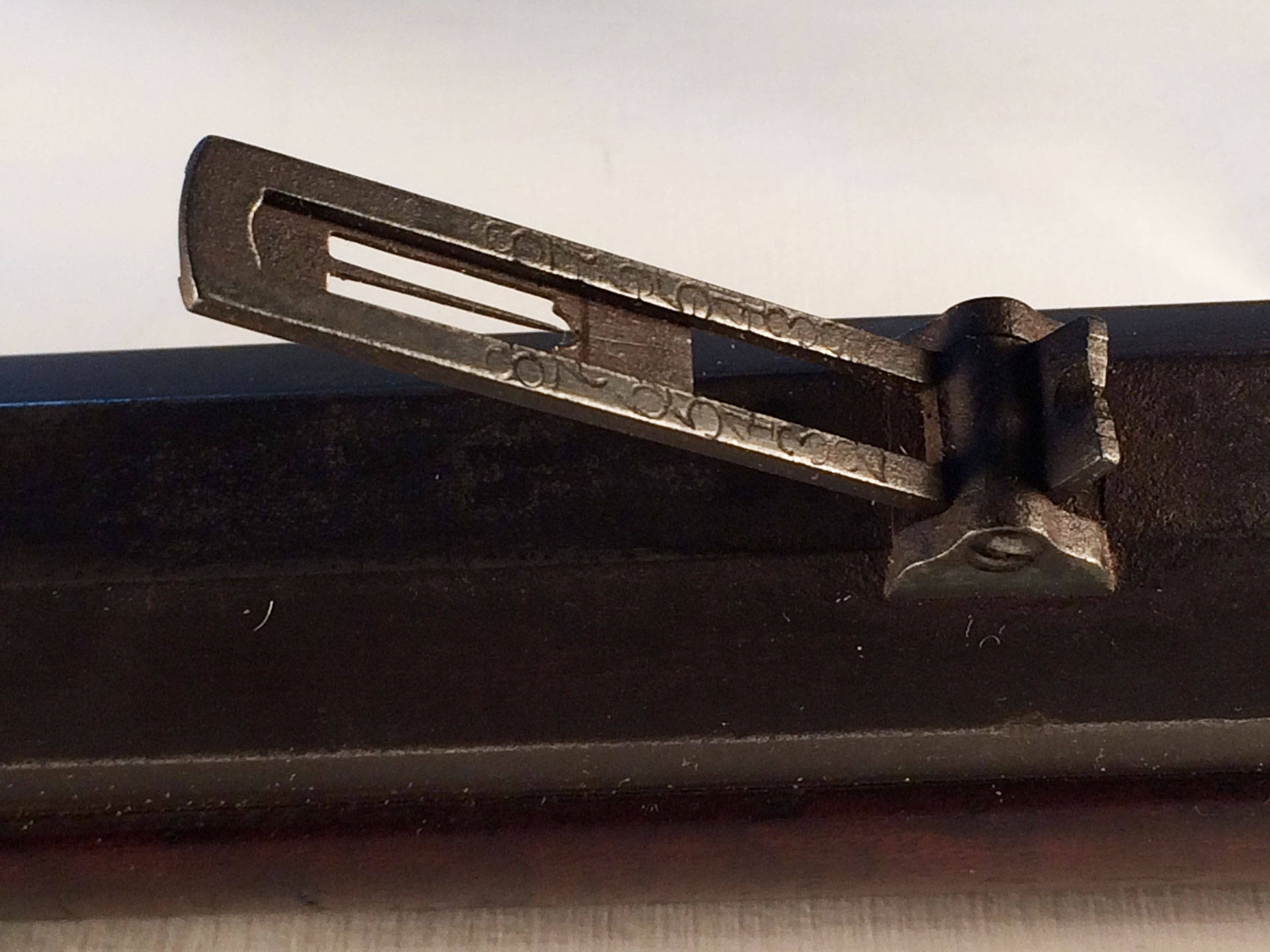
Westover and Pell traveled to Massachusetts and purchased about 40 breechloading, .44-cal. Ballard long-range rifles, with 30" barrels, for the new unit—which eventually numbered about 140 men. Over the next several years, this Home Guard met regularly for rifle practice outdoors, and in barns during the long Quebec winters. This was in marked contrast to most other Canadian militia units that still ignored marksmanship training (to their regret, as they had found after their disastrous rout at the 1866 Battle of Ridgeway), but instead favored performing small unit tactical maneuvering and display drill evolutions.
When the Fenians again massed on the Quebec border in late May 1870, they had nearly 5,000 .58-cal. Needham conversion centerfire, breechloading rifles, in addition to thousands of .58-cal. rifle-muskets at their disposal. The guns, ammunition, accouterments and uniforms had been secreted in the barns and cellars of Fenian sympathizers in the area over the preceding months. The Fenians were coming across at the same point as they had in 1866—just north of Franklin, Vt.—and their leader, Gen. John O’Neill, expected to have a force of 3,000 to 4,000 men with him.
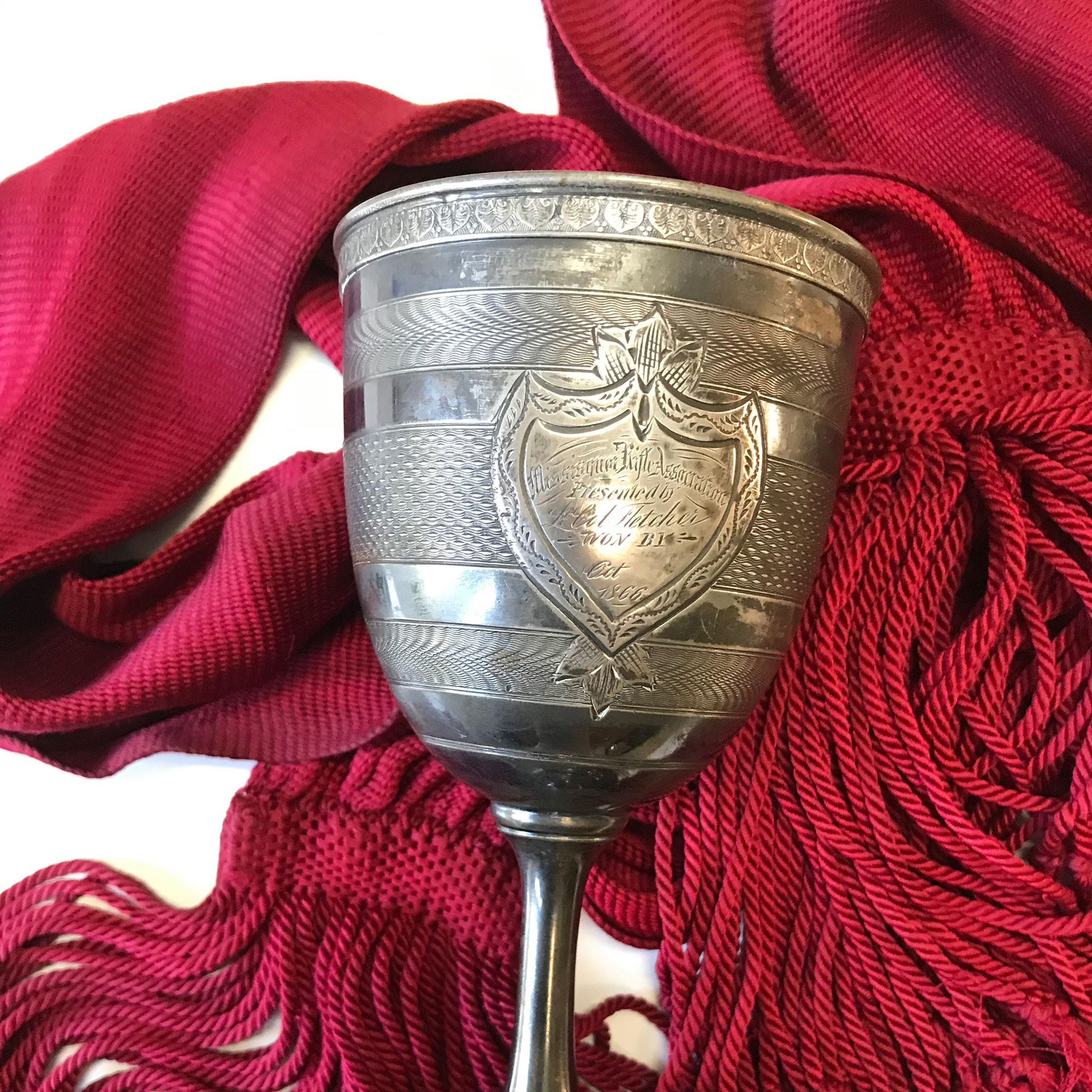
Westover quickly gathered his Home Guard, now known as the “Red Sashes” because of the scarlet scarves that hung from their shoulders and were tied across their chests, and posted nearly 40 of them on a rocky and boulder-strewn eminence known as Eccles Hill, a short distance from the border. The others were sent to guard additional points along the border, as the militia was late in mustering. Westover and the men on Eccles Hill crouched down behind the rocks, loaded their single-shot Ballards and carefully adjusted their sights.
The green-uniformed Fenians, although now numbering only about 800 to 900 men, formed an advance guard of about 200 men in a column of fours, and, with the local companies in the van and spread out as skirmishers, crossed the border and marched over the small bridge spanning Chickabiddy (also known as Groat’s) Creek. The Red Sashes, now supported by about 25 Snider-armed militiamen from the local 60th (Missisquoi) Battalion, opened fire at about 300 yards, and two Fenians fell dead, with many more wounded. The Fenian advance abruptly stopped—the Fenians could not advance across the fire-swept open ground to get at the Red Sashes and the militia, and there was nothing to shoot at but puffs of smoke on the tree-covered hillside.
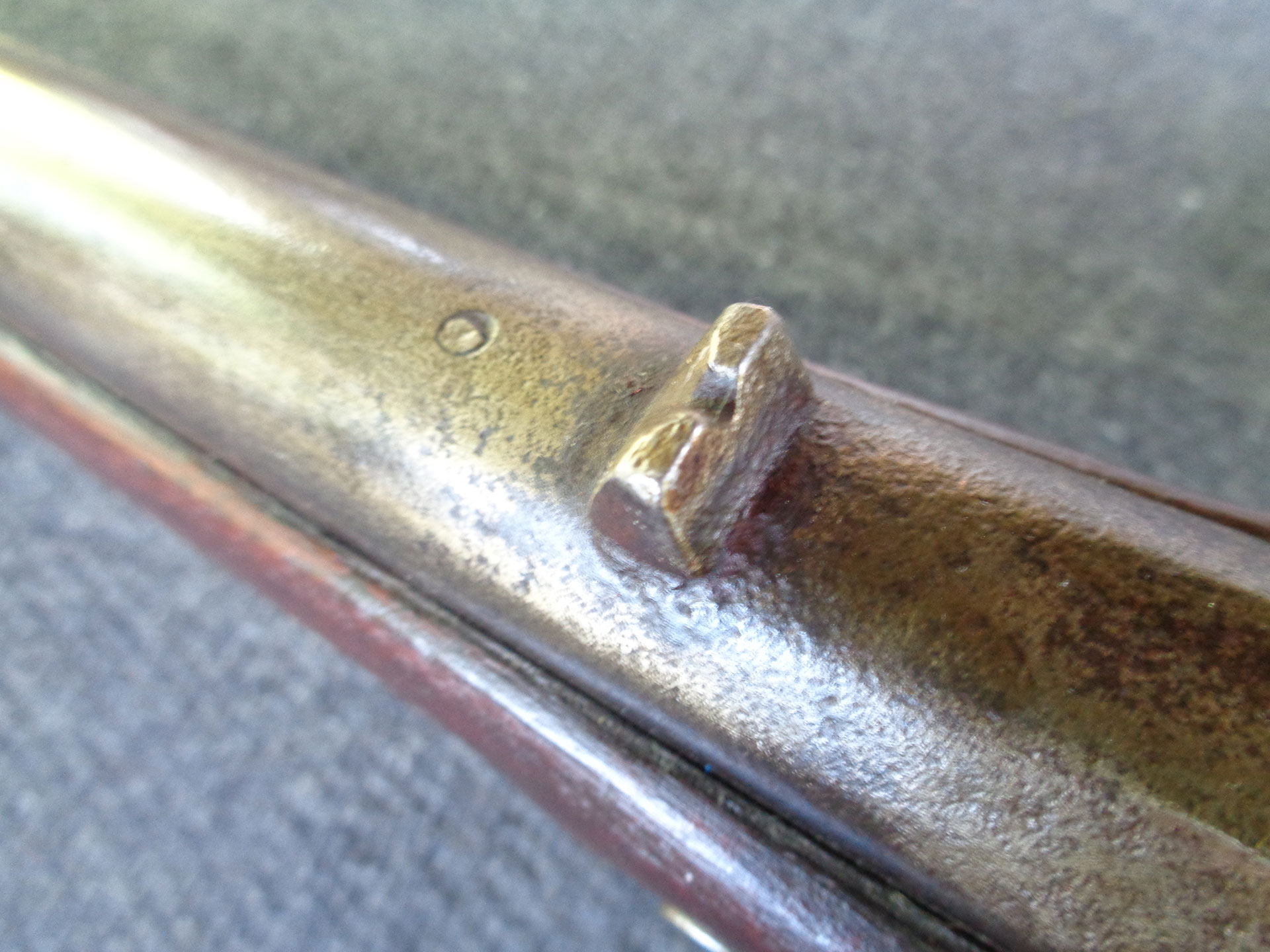
Conversely, the Fenians were not known for their shooting abilities. Indeed, during the American Civil War, Brig. Gen. Thomas Francis Meagher, the commander of the of the Union Army of the Potomac’s Irish Brigade, had rejected the issue of .58-cal. rifle-muskets to his troops, claiming that .69-cal. smoothbore muskets with buck-and-ball cartridges were best for the Irish way of fighting—one devastating volley, followed by a furious bayonet assault. Even worse, U.S. Army troops had “demilitarized” some of the rifle-muskets that they had seized from the Fenians in 1866 by removing their rear sights.
Months later, after the Federal government returned the confiscated guns to the Fenians, at least some of these muskets were refitted with crude, nonadjustable, notched rear sights. Furthermore, those Fenians who were armed with the new Needham breechloaders had never fired, and in most cases, had never even seen one of these rifles until the morning of the battle. Their conversion program was so secret that few, if any, of the Fenian commanders had access to the guns prior to the battle.
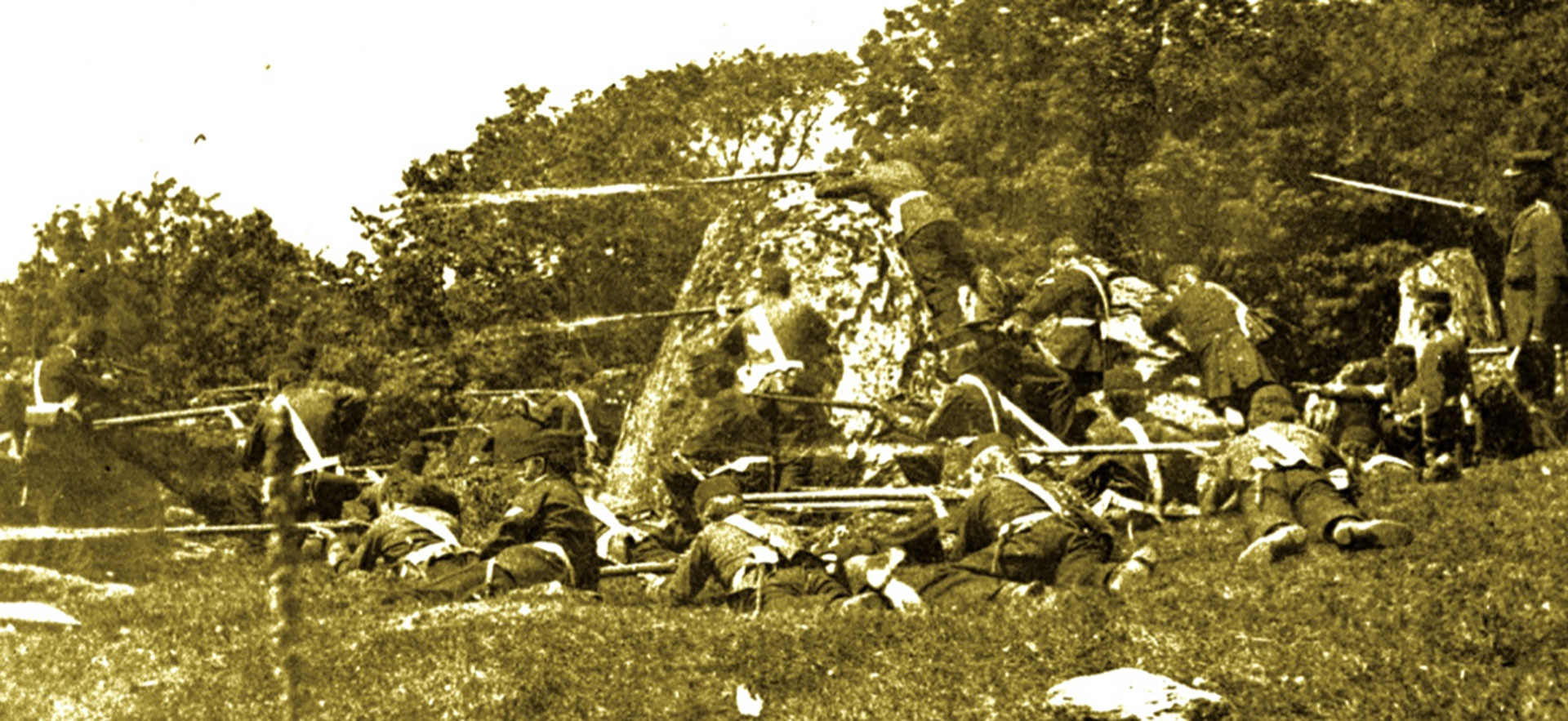
As the day wore on, the rest of the 60th Battalion arrived to direct their firepower at the Fenians, now massed at the creek bank, around the Richards family’s farm on the American side of the border and on an adjacent wooded hillside. One company of the 3rd (Victoria Rifles) Battalion from Montreal came on the scene in wagons that had been commandeered at a railway station in a nearby town and arrived with crates of extra ammunition.
As the day wore on, Fenian return fire slackened and finally petered out by evening. Although the Canadian militia apparently put a lot of lead across the field (two of their surviving Snider-Enfields show unmistakable signs of prolonged firing) and helped to keep the Fenians pinned down, it was the accurate rifle fire of the Red Sashes that had stopped the Fenians at the border. The volume of Canadian fire, as well as the apparent malfunctioning of many of the Fenians’ Needham rifles, prevented the Fenians from advancing any further.
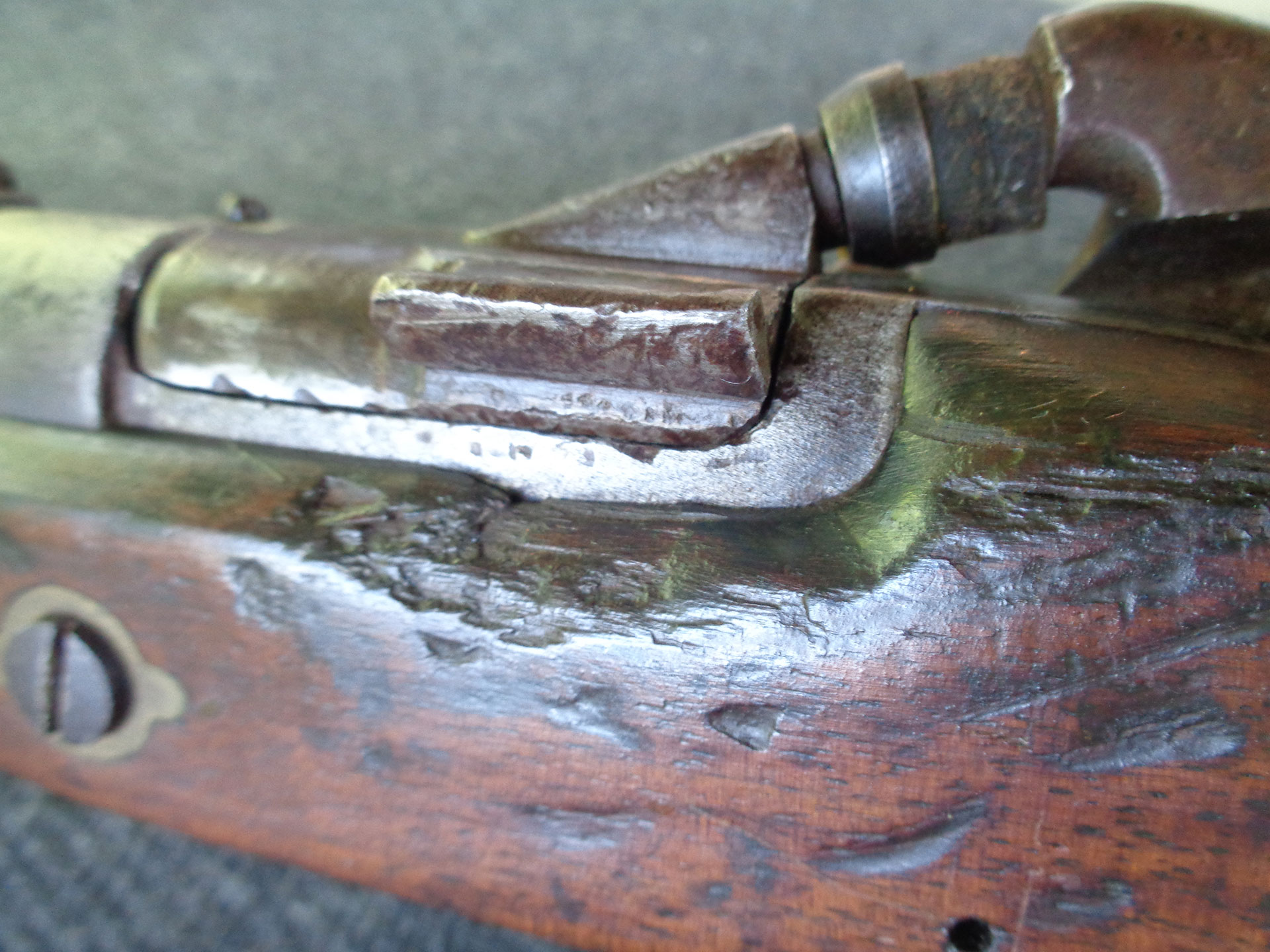
After the battle, Asa Westover and his men had the satisfaction of knowing that, despite the derisive jibes and jeers of some of their neighbors in the preceding years, they—by their own persistence, perseverance and patient marksmanship training—had held the invading Fenians at bay, until sufficient reinforcements could arrive to end the 1870 Fenian invasion of their homeland. Their homes and their farms were safe.













